Niagara Falls
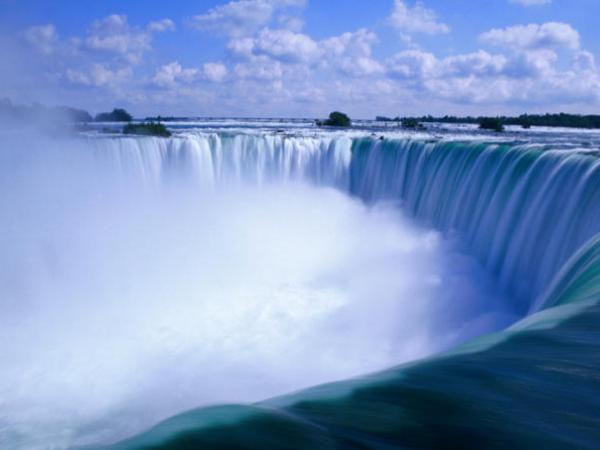
Niagara Falls
One of the great wonders of the world, Niagara Falls' immense natural beauty has attracted tourists and artists from around the world for centuries.
Covering Niagara: Studies in Local Popular Culture closely examines some of the myriad forms of popular culture in the Niagara region of Canada. Essays consider common assumptions and definitions of what popular culture is and seek to determine whether broad theories of popular culture can explain or make sense of localized instances of popular culture and the cultural experiences of people in their daily lives.
Among the many topics covered are local bicycle parades and war memorials, cooking and wine culture, radio and movie-going, music stores and music scenes, tourist sites, and blackface minstrel shows. The authors approach their subjects from a variety of critical and historical perspectives and employ a range of methodologies that includes cultural studies, textual analysis, archival research, and participant interviews. Altogether, Covering Niagara provides a richly diverse mapping of the popular culture of a particular area of Canada and demonstrates the complexities of everyday culture.

One of the great wonders of the world, Niagara Falls' immense natural beauty has attracted tourists and artists from around the world for centuries.
Climb down the metal staircases deep into the natural beauty of the Niagara Gorge. Floral, fauna, rock formations and an up close and personal look at the Niagara River are all to be found. Geology lovers can check out the host of great Ontario books detailing the layers of remarkable rock.
The Niagara Whirlpool is a naturally-occurring phenomonon located down river from Niagara Falls. It is believed to have been formed aprox. 4200 years ago, by the upstream erosion of the Niagara Escarpment by the Niagara River. Take the Whirlpool Aero Car for a bird's eye view, or walk the many paths along the Niagara Glen Nature Reserve.
One of Southern Ontario's most historic towns, Niagara on the Lake is home to key War of 1812 sites such as Fort George, Butler's Barracks, and Queenston Heights. In town you will also find an old apothecary, beautiful Victorian homes, and the famous Prince of Wales hotel.
Tours that might be of interest.
Welcome to The Niagara Parkway. Winding its way along our side of the Niagara River, the parkway connects Fort Erie to Niagara-on-the-Lake, passing through several villages and historic areas - including Niagara Falls, where out tour begins. Have we mentioned its perfect for biking? Have we mentioned the enormous amount of history you can discover? How about all the books to go along?
Ontario rocks! In fact, it rocks so much there's a book with the same title. Of course, the book refers to the wondrous formations found throughout the province - but we like to think a little literary metaphor goes a long way.

Ontario's rich geologic history is illustrated here by short descriptions of more than 200 field sites ranging from Timmins in the north to Windsor in the south. These include the Sleeping Giant near Thunder Bay; Agawa Canyon; the Sudbury meteorite crater; Niagara Escarpment; the Falls and Gorge; numerous caves, the mineral-rich Bancroft area; and the high lakeshore cliffs at Scarborough Bluffs. Some sites are sacred to First Nations and are associated with spectacular rock art.
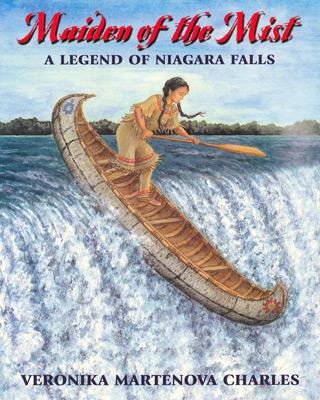
A beautifully told narrative of the famous legend behind Niagara Falls. Long ago, a Seneca tribe lived on the Niagara River, just upstream from a great waterfall. With plenty of fish and crops to feed them, life was good in their village. Then a sickness came to the people, and everything changed. As the situation worsened and people died, Lelawala, the chief?s daughter, came up with a plan to help. She would go to the thunder god, Hinu, and find out why he wouldn?t help her people. But to do that, Lelawala would have to go to his home under the great falls, and never return.
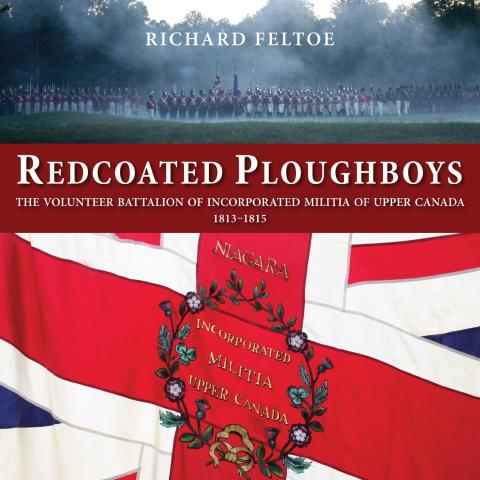
In 1812, the future of British North America hung in the balance as the United States declared war with the avowed goal of conquering the Canadas and removing British influence from the continent forever.
The World of Niagara Wine is a transdisciplinary exploration of the Niagara wine industry. In the first section, contributors explore the history and regulation of wine production as well as its contemporary economic significance. The second section focuses on the entrepreneurship behind and the promotion and marketing of Niagara wines.
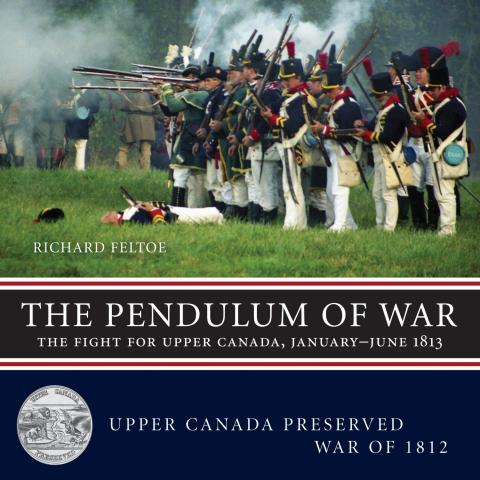
In his second of six books in the series Upper Canada Preserved ? War of 1812, author Richard Feltoe continues a battlefield chronicle that combines the best of modern historical research with extensive quotes from original official documents and personal letters, bringing to life the crucial first six months of the 1813 American campaign to invade and conquer Upper Canada. The Pendulum of War documents the course of more than seven major battles and over a dozen minor engagements that were fought on the St.
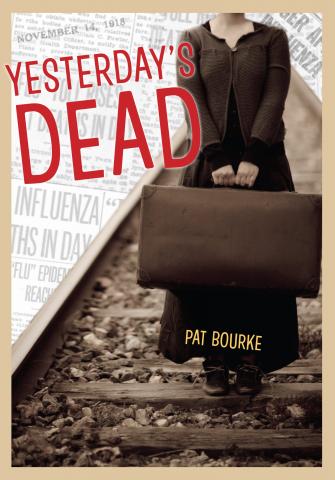
Thirteen-year-old Meredith yearns to become a teacher but must leave school to help support her family. To find the best paying job for a young girl of her class, she travels to the city to work as household help in a doctor?s home. From the start, her life is made difficult by the cantankerous and prickly butler, and confrontations with Maggie, the doctor?s spoiled thirteen-year-old daughter.

The voice of Rachel through her school project on Candian symbols sheds light on Canada and its unique national identity. Part of the Wow! Canada series, That's Very Canadian is an investigation into what makes Canadians what they are. From offical symbols to unoffical understandins, Rachel looks at what makes this nation a nation.
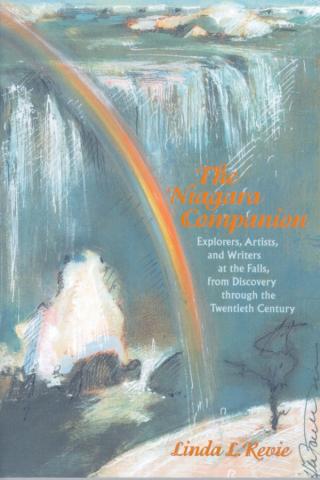
In The Niagara Companion, Linda L. Revie carefully unpacks centuries of artistic depictions of the awe-inspiring waterfall. Her careful considerations reveal how writers, artists, explorers, and scientists - all with their own specific commitments and conventions - have tried to encapture this singular natural wonder and wrestle with its immense force.
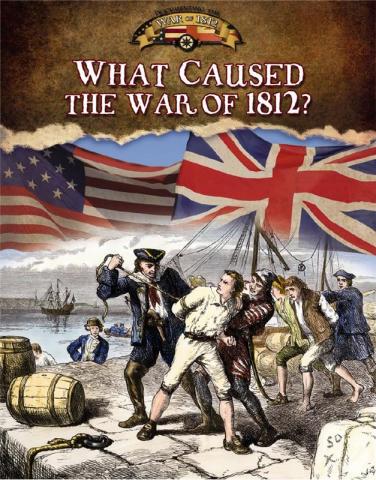
In 1812, the Napoleonic Wars in far-off Europe began a chain of actions that would lead the United States into war against Britain and its colonies in Canada in the New World. This fascinating book reveals how U.S. president James Madison declared war on Britain for harming U.S. trade with Europe by naval blockade, for impressing U.S.
The War of 1812 is an important part of Canadian history. Fought during a period of nation-building in North America, this war helped to cement Caada's sense of national pride having successfully repelled an invasion.
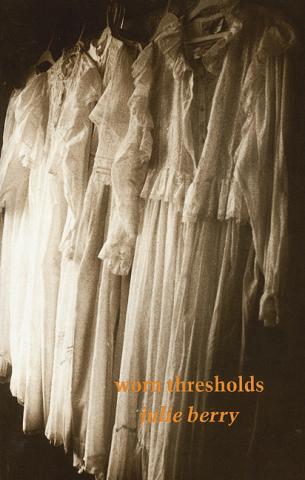
Reading Julie Berry?s poetry means entering a new poetic space, crossing thresholds of pain and delight at once raw and refined. ?like marie d?oignies who buried bloody/ mouthfuls of herself/ in the garden/ i need my poems to be like this,? Berry writes in ?Touching Ground.? ?Like this? is finely-turned and constantly surprising, haunting as plainsong, throaty as the blues.
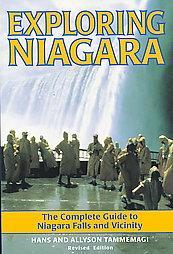
Covering both sides of the Canada-U.S. border, and all within about a 30-minute drive of the Falls, the book unveils more than 50 tours and day trips to and through places of interest in the Niagara region. Descriptions of the trips themselves - varying from under an hour to several days - detail the historical and geographical highlights of each destination, and offer up a variety, suggesting tours that can be taken by car, by bicycle, or on foot.
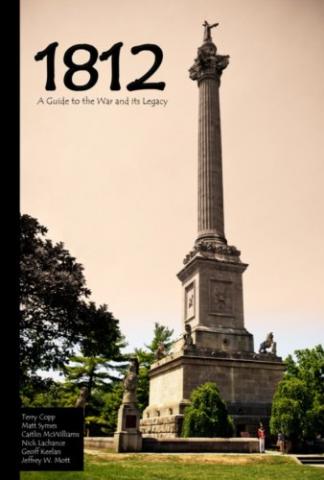
For Canadians, the War of 1812 has held various meanings at different times. In the immediate aftermath, alongside the ?Loyalist? narrative of fleeing from the defeat of the British at the hands of American rebels, the war was regarded as redemptive for those still loyal to British North America. From the American perspective, it is merely one in a host of small-scale wars in North America, and the events of 1812?1815 are mostly forgotten in the collective memory of the United States.
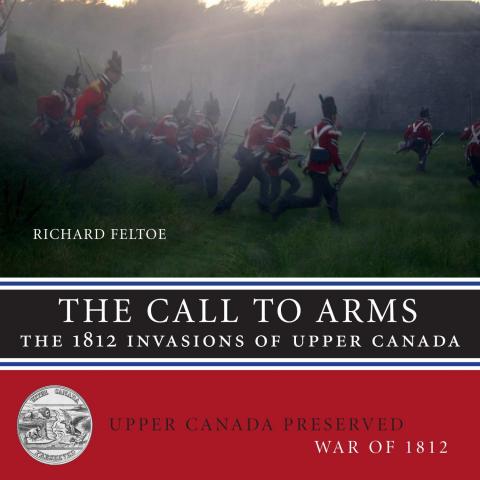
The Call to Arms is the first of six books in the series Upper Canada Preserved ? War of 1812. Each book in this battlefield-based chronicle combines the best of modern historical research with extensive quotations from original official documents and personal letters to bring to life this crucial period of Canada's early history. Numerous historical images of locations are counterpointed with comparable modern perspectives to give a true then-and-now effect.
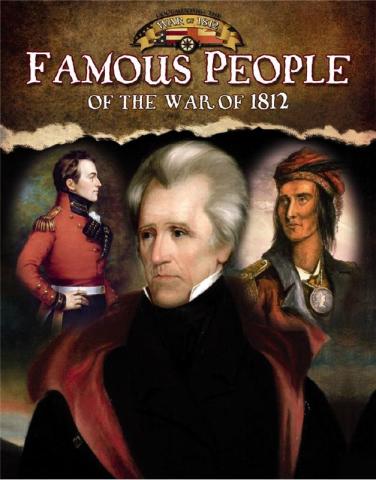
The War of 1812 resulted in a surging sense of nationalism for both the United States and Canada. This fascinating book looks at the achievements of the military leaders and other key figures involved in the conflict during this time of nation-building.
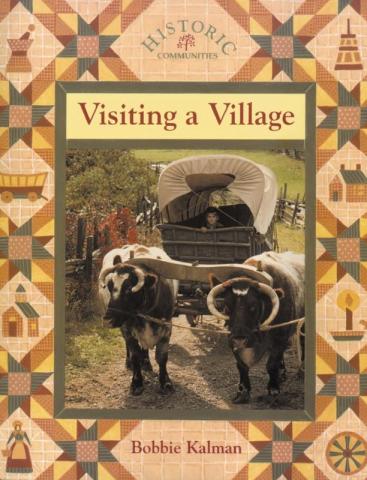
Visiting a Village is an ideal introduction to understanding the concept of community. Children will learn how the settlers worked together with a spirit of cooperation by trading their goods and services with each other. Knowing about what they might see on their first visit to an historic site will help spark a child?s curiosity.
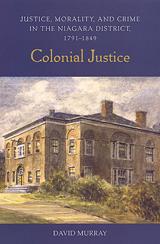
Murray explores how far local characteristics affected the operation of a criminal justice system transplanted from England; his analysis includes how legal processes affected Upper Canadian morality, the treatment of the insane, welfare cases, crimes committed in the district, and an examination of the roles of the Niagara magistrates, constables, and juries. Murray concludes by arguing that while the principles and culture of British justice were firmly implanted in the Niagara district, this did not prevent justice from being unequal, especially for women and visible minorities.
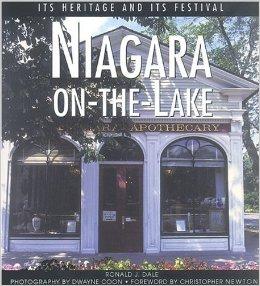
Ronald J. Dale's richly-illustrated book provides insight into aspects of Niagara-on-the-Lake?s history often unknown to visitors. From its establishment as the first capitol of Ontario, to the founding of the province?s first newspaper, to the auspicious and renouned Shaw Festival - the book contains helpful information along with excellent suggestions of landmarks for you to discover. A perfect companion for your visit to one of Southern Ontario's most picturesque towns.
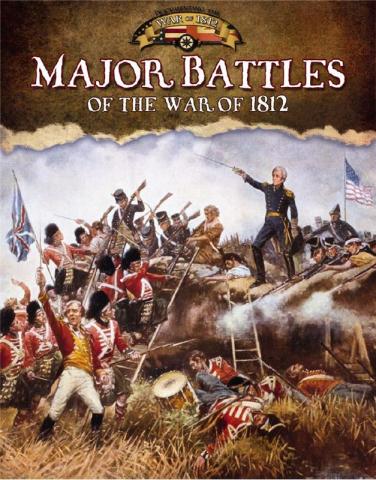
Pivotal battles waged before, during, and after the War of 1812 are detailed in this fascinating book. Battles between the United States and the British and Canadians saw gains and losses of territory for both sides, all of which proved to be only temporary. For the Native Indians who fought on each side, the result was the loss of their land and autonomy.
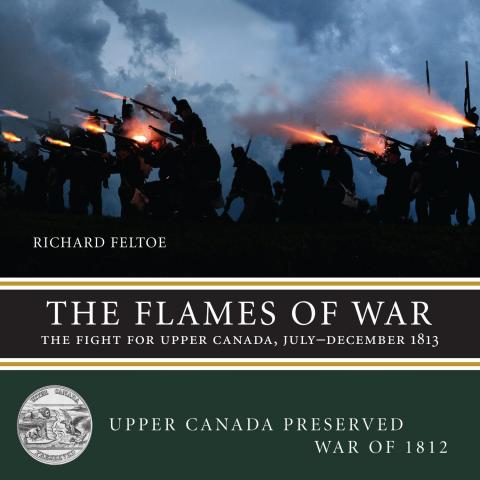
In April 1813 the Americans launched a new campaign to conquer Upper Canada, after their failure to do so in 1812. However, following initial victories, the U.S. assault stalled as a combined force of British regulars, Canadian militia, and Native allies counterattacked, throwing the Americans entirely onto the defensive by the end of June. During the next six months, this seesaw of military advantage was repeated again and again as each side escalated its commitment of men and resources and fought to gain the "final" victory.
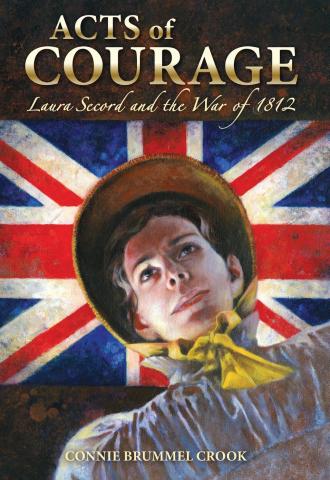
In Acts of Courage, Connie Brummel Crook dramatizes the life of one of Canada?s most enduring heroines, Laura Secord. from young Laura Ingersoll?s early days in Great Barrington, Massachusetts, amidst the turmoil that followed the American Revolutionary War, the story outlines her father?s difficult decision to move his family to Upper Canada.
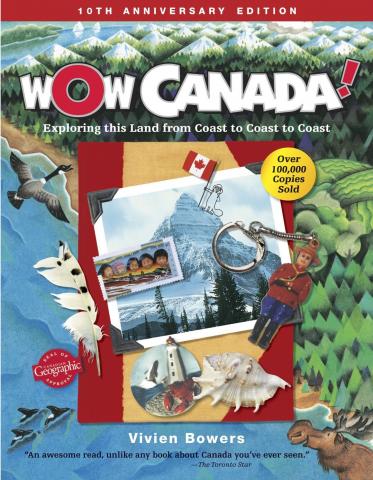
A story told through the perspective of 12-year-old Guy and his family, this Wow Canada! 10th Anniversary book takes us on a journey throughout the country and its many splendors. Guy and his family travel across the country and discover hidden gems and informative fact about Canada and all that it has to offer.
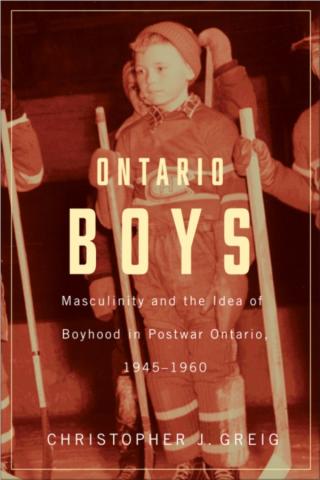
Ontario Boys explores the preoccupation with boyhood in Ontario during the immediate postwar period, 1945?1960. It argues that a traditional version of boyhood was being rejuvenated in response to a population fraught with uncertainty, and suffering from insecurity, instability, and gender anxiety brought on by depression-era and wartime disruptions in marital, familial, and labour relations, as well as mass migration, rapid postwar economic changes, the emergence of the Cold War, and the looming threat of atomic annihilation.
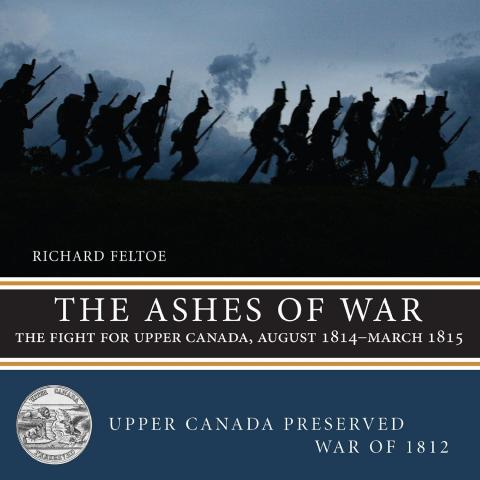
The sixth and final book of the Upper Canada Preserved ? War of 1812 series, The Ashes of War examines in detail the closing stages of the war on the Northern Frontier, including the two-month siege of Fort Erie, the engagement at Cook?s Mills, the American attempt to recapture Michilimackinac (Mackinac), the tale of the Nancy, and the American raids into southwestern Upper Canada.
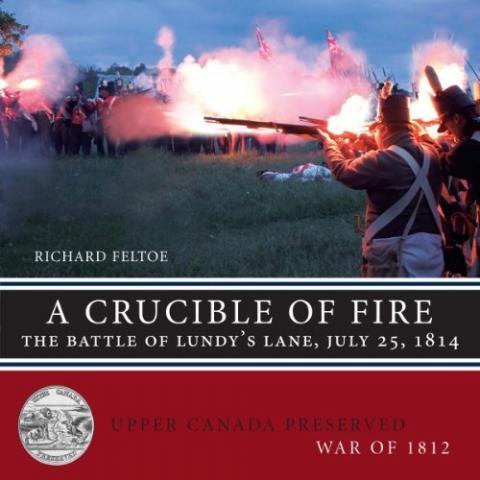
Following their invasion at Fort Erie and decisive victory at the Battle of Chippawa, an American army of over 5,000 men seemed poised to sweep across the Niagara frontier to Lake Ontario, link up with the American fleet, and complete the final expulsion of the British allied forces from Upper Canada. However, only a month later, the shattered remnants of this force were firmly on the defensive and feverishly digging in as the British advanced to begin the siege of Fort Erie.
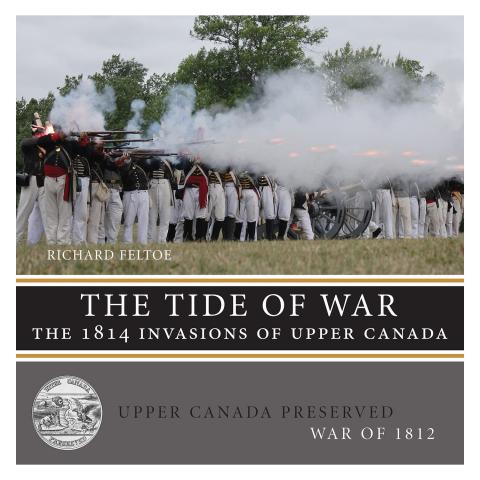
Throughout 1812 and 1813, Upper Canada had been the principle target for a succession of American invasions and attacks. Fortunately they all had been repulsed, but at a high cost in lives and the devastation of property on both sides of the border. By the beginning of 1814, both sides were determined to bring the war to an end with a decisive victory through an escalated commitment of men and military resources.
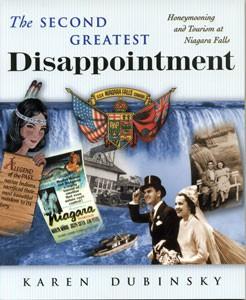
For two centuries, the natural spectacle of Niagara Falls has long been a destination for newlyweds and tourists from around the world. Why is that? In her book, The Second Greatest Disappointment: Honeymooning and Tourism at Niagara Falls, Karen Dubinsky poses a deceptively simple question: of all the ways to promote a waterfall as a tourist destination, why honeymoons?

Covering Niagara: Studies in Local Popular Culture closely examines some of the myriad forms of popular culture in the Niagara region of Canada. Essays consider common assumptions and definitions of what popular culture is and seek to determine whether broad theories of popular culture can explain or make sense of localized instances of popular culture and the cultural experiences of people in their daily lives.
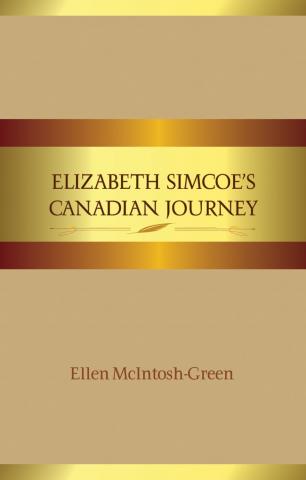
Elizabeth Simcoe was married to first Lt. Governor of Upper Canada John Graves Simcoe. She was a privileged, upper-class, English woman who refused to be left behind in England, therefore travelling with her husband and carving an English society out of what is now recognized as Ontario. Unparalleled by anyone in her time, Elizabeth forged through Lower and Upper Canada, creating one of the most inspiring and tragic stories of Canada.
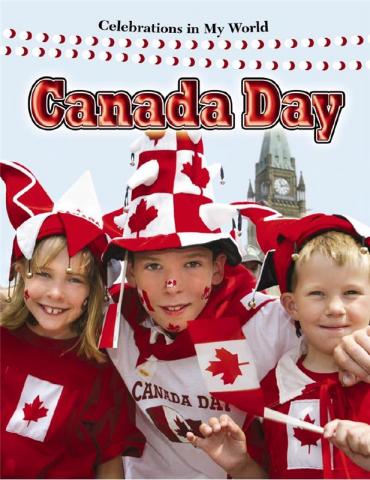
Learn the history behind this national holiday, celebrating the birth of a nation by Canadians from coast to coast. See the many different ways in which this multi-cultural nation recognizes this occasion with fireworks, music, food, a day-off work, and other special events.
Visit the publisher's website.